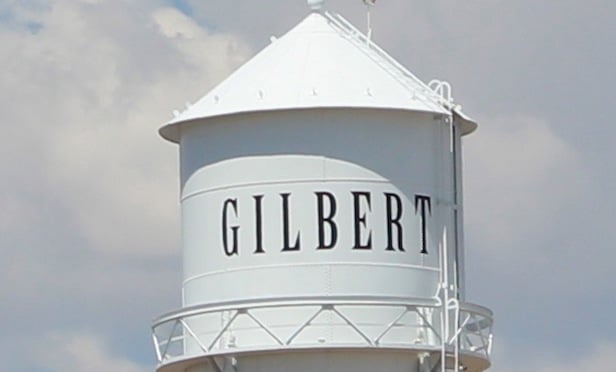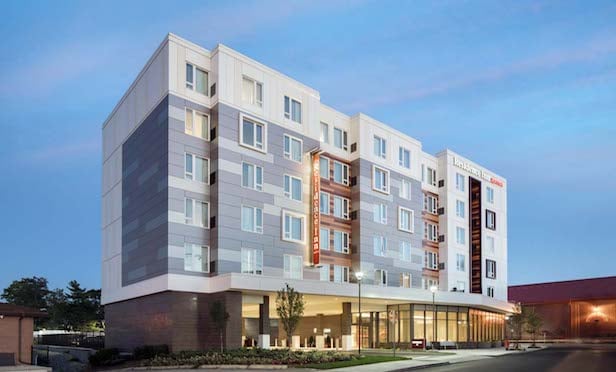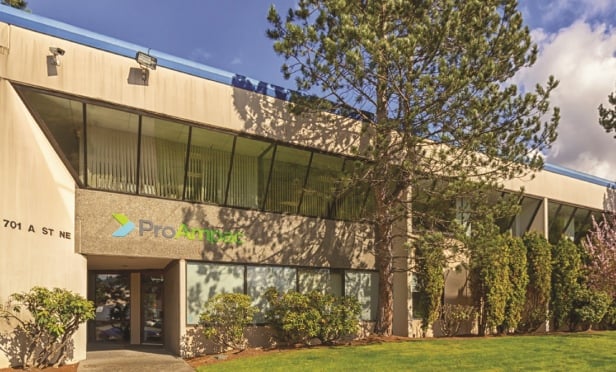[IMGCAP(1)]
IRVINE, CA—Higher price peaks usually occur following higher sales volume, and lower sales volume typically indicates slowing rice appreciation and possibly even falling prices, RealtyTrac's VP Daren Blomquist tells GlobeSt.com. As we recently reported, the firm has released its October 2015 U.S. Home Sales Report, which shows that among 94 major metro areas analyzed for the report, 33 markets (35%) have now reached new all-time home price peaks in 2015. The report also shows that the median sales price of US single-family homes and condos in October was $207,500, up 1% from the previous month and up 10% from a year ago—the highest year-over-year percentage increase since February 2014.
We spoke exclusively with Blomquist about the relationship between prices and sales volume in the housing market.
GlobeSt.com: What is the relationship between higher price peaks and lower sales volume in the housing industry?
Blomquist: They are inversely related, meaning higher price peaks usually occur following higher sales volume, and lower sales volume typically indicates slowing price appreciation and possibly even falling prices (see chart below). When volume starts decreasing, typically it indicates weaker demand, which in turn results in less upward pressure on prices and a slowing in appreciation or even a downturn. On the other hand, when volume picks up, it indicates stronger demand and puts upward pressure on prices. We saw volume drop off in late 2013 and early 2014 when interest rates jumped, and a corresponding dip in the rate of home price appreciation in late 2014—although HPA never went negative. The lower interest rates we saw in late 2014 and early 2015, combined with some other factors, have helped push back up demand (volume) and that is now also accelerating HPA again.
[IMGCAP(2)]
GlobeSt.com: Have we seen greater volume in lower-priced home sales than in higher-priced home sales?
Blomquist: Yes. Sales of homes priced below $400,000 nationwide accounted for 81% of all sales so far in 2015. Sales of homes priced above $1 million only accounted for 4% of all sales so far this year. We're actually seeing volume decrease this year compared to last year at the very low end, under $100,000 (see chart below). The middle range, from $200,000 to $500,000, is very strong in terms of increases, but the increases in sales volume at price points above half a million drop off, with the notable exception of the very high end of homes priced at $5 million or more. That very high end category actually is seeing the biggest increase in sales volume of any price range.
[IMGCAP(3)]
GlobeSt.com: If prices should begin to falter, do you expect to see increased volume?
Blomquist: There may be increased volume of inventory listed for sale if home prices falter, but the volume of actual closed sales will likely start trending downward before home prices falter.
GlobeSt.com: What else should our readers know about home prices and sales volume?
Blomquist: What we learned in late 2013 is that we are in a housing recovery that has become addicted to low interest rates. The recovery faltered almost immediately when interest rates rose. If interest rates rise again as expected in 2016, the question is whether the overall economy has improved enough to support a continued recovery without the extra juice of rock-bottom interest rates.
© 2025 ALM Global, LLC, All Rights Reserved. Request academic re-use from www.copyright.com. All other uses, submit a request to [email protected]. For more information visit Asset & Logo Licensing.







